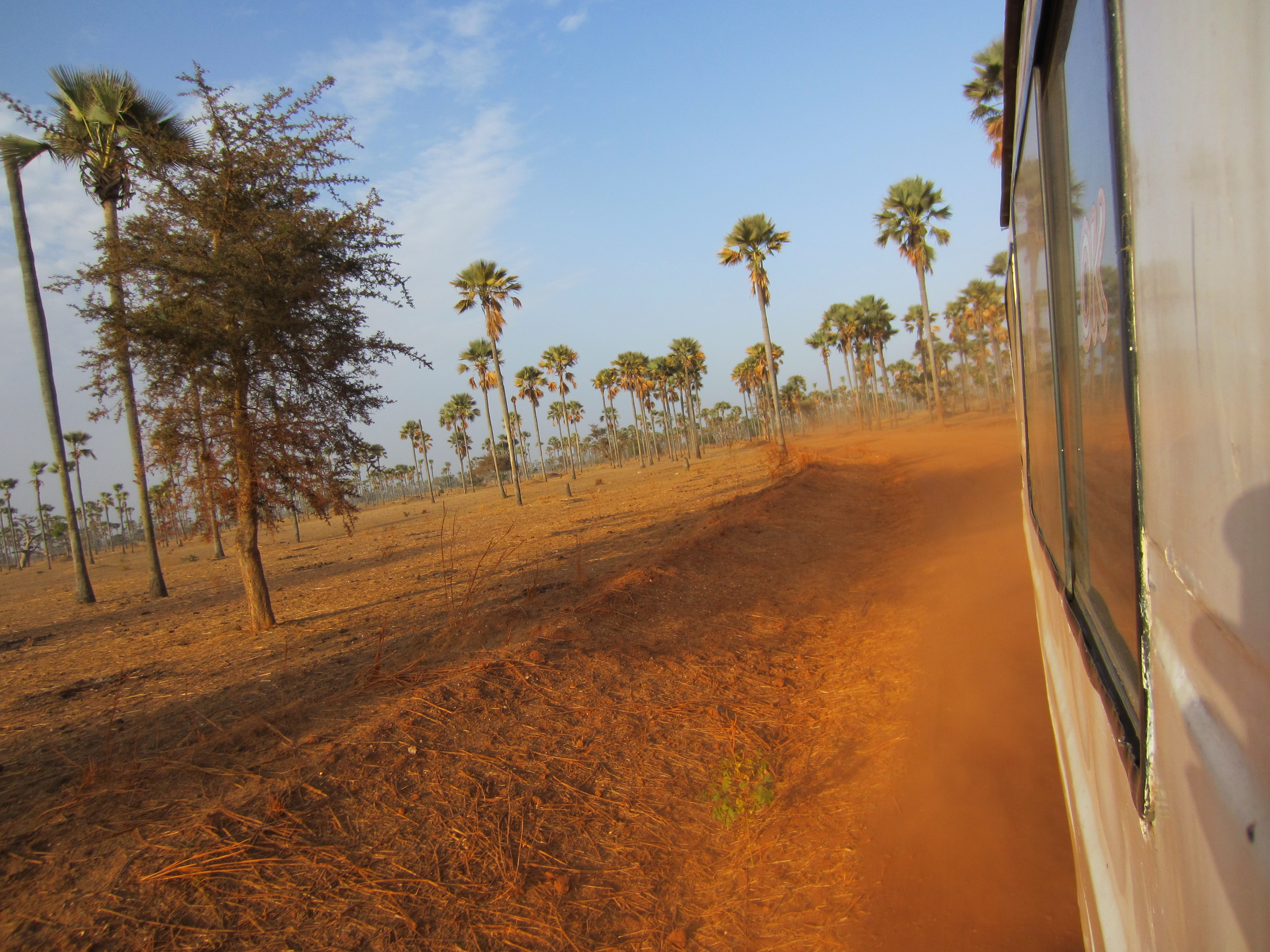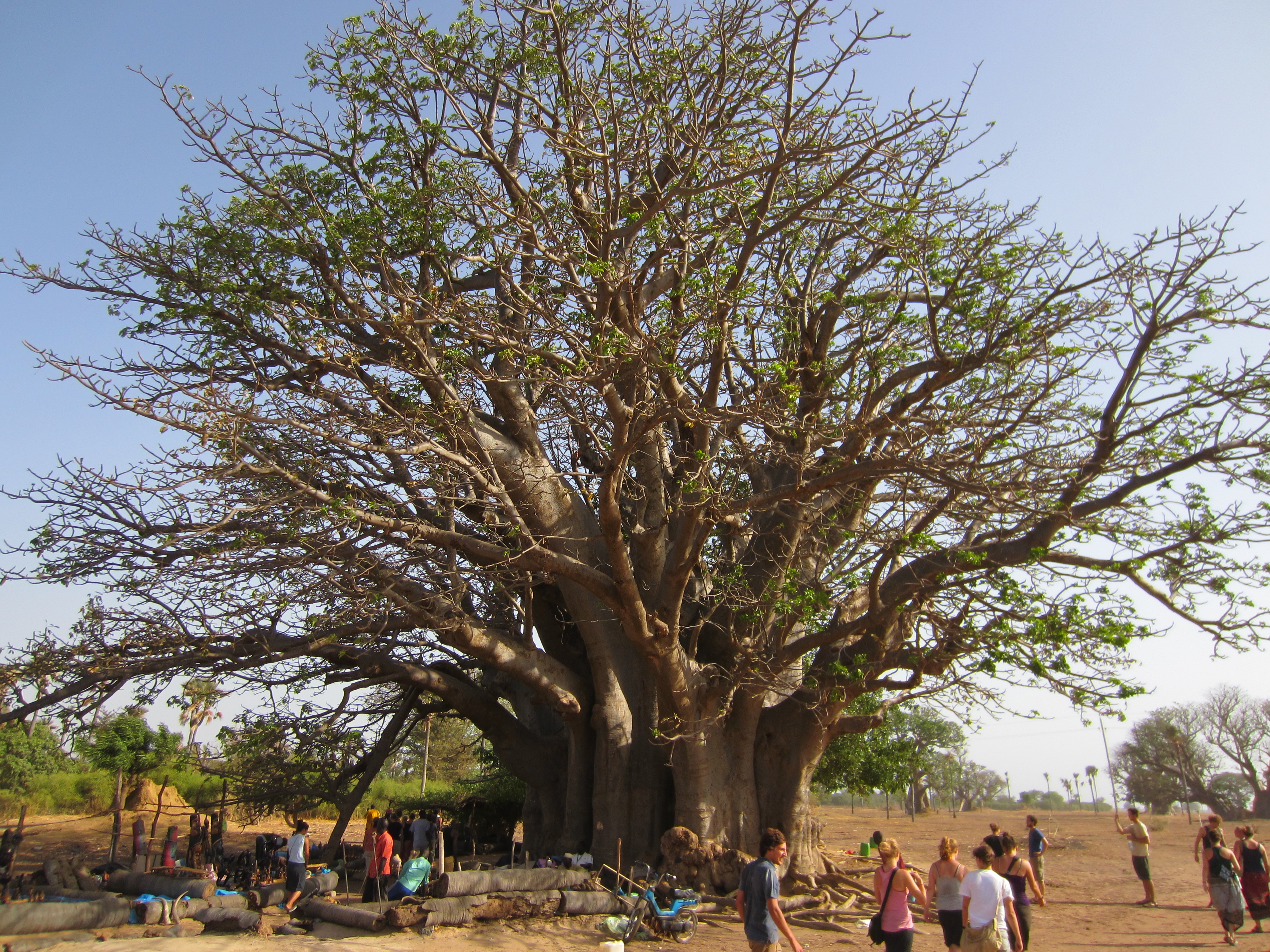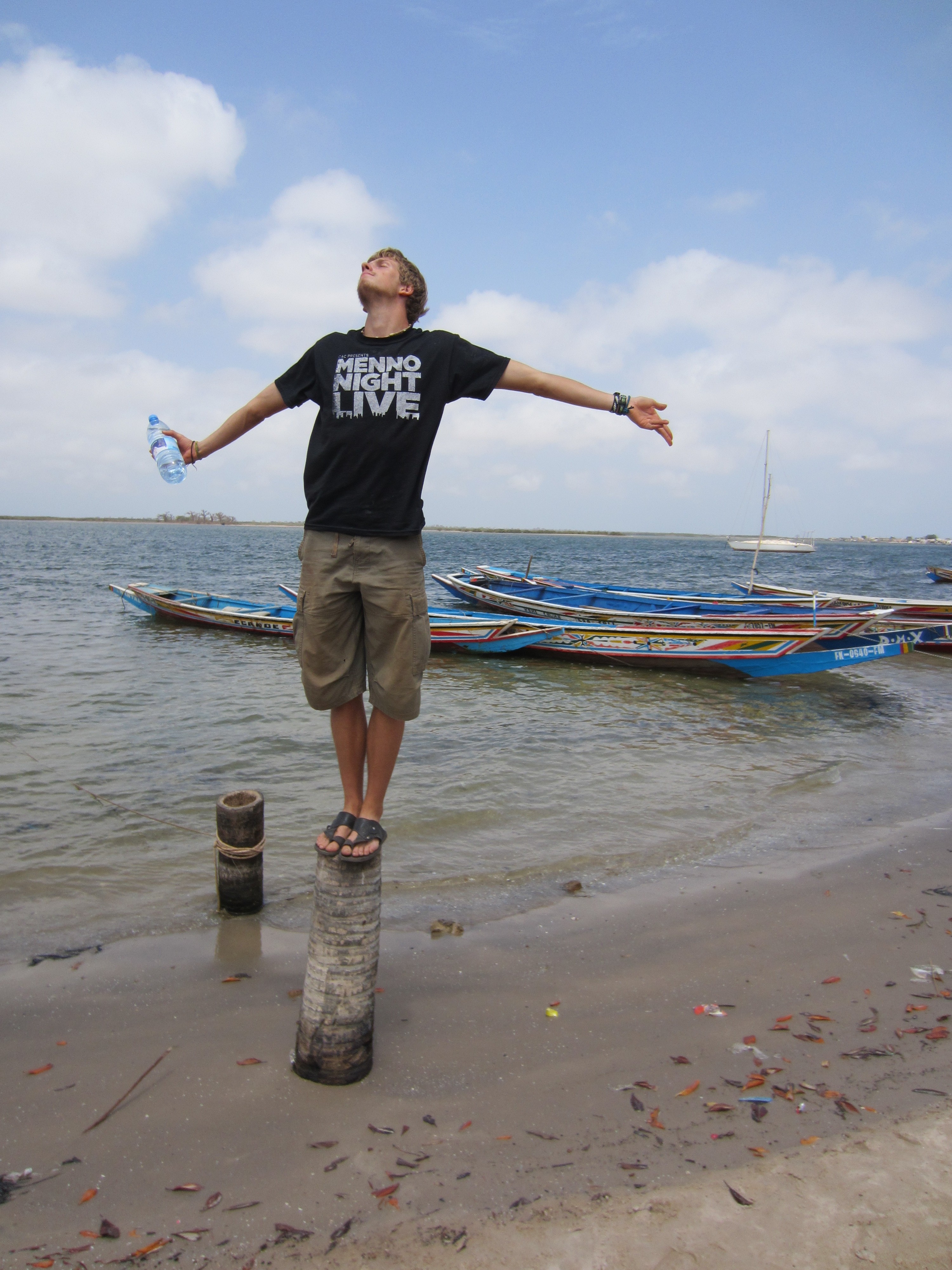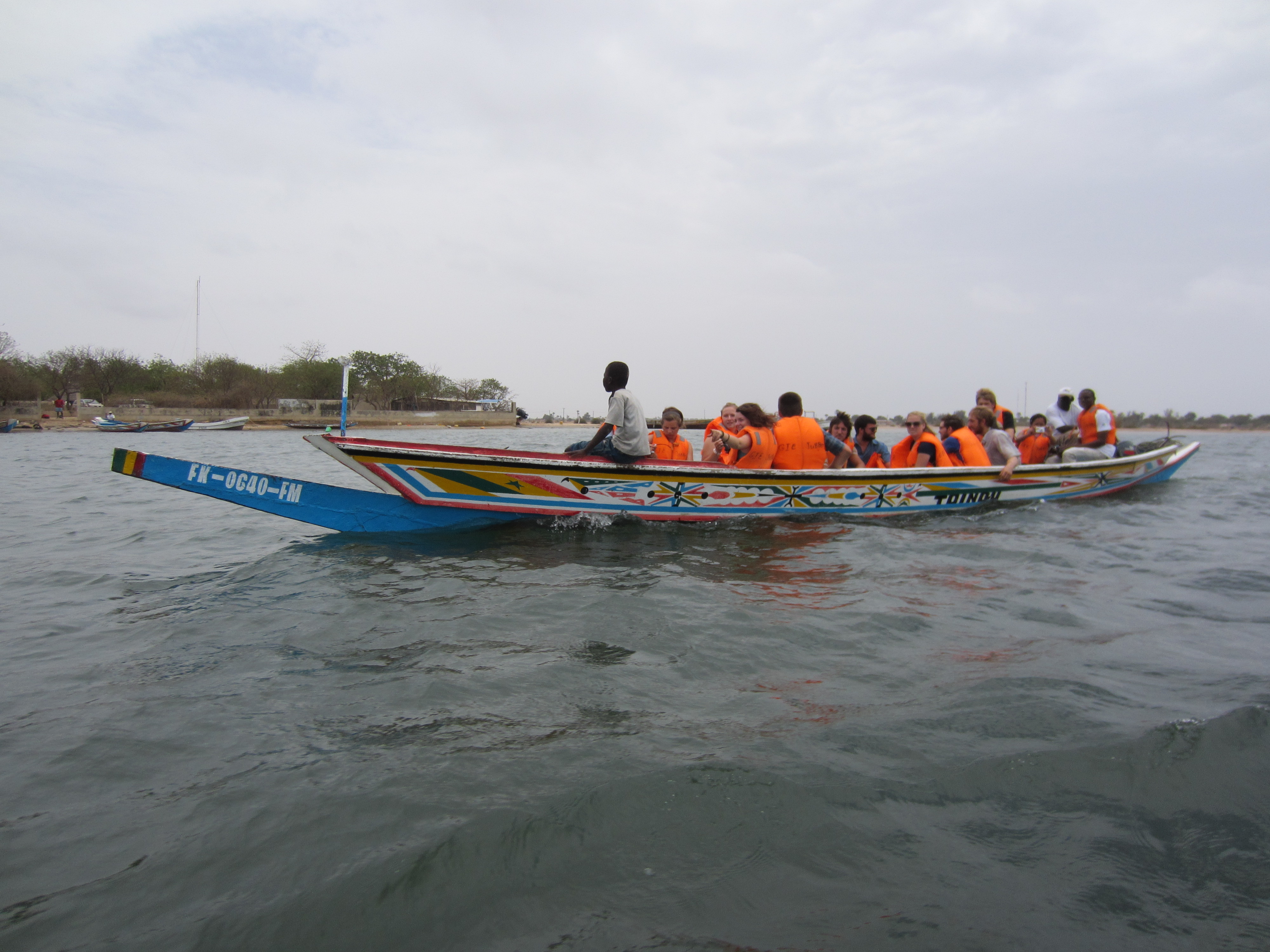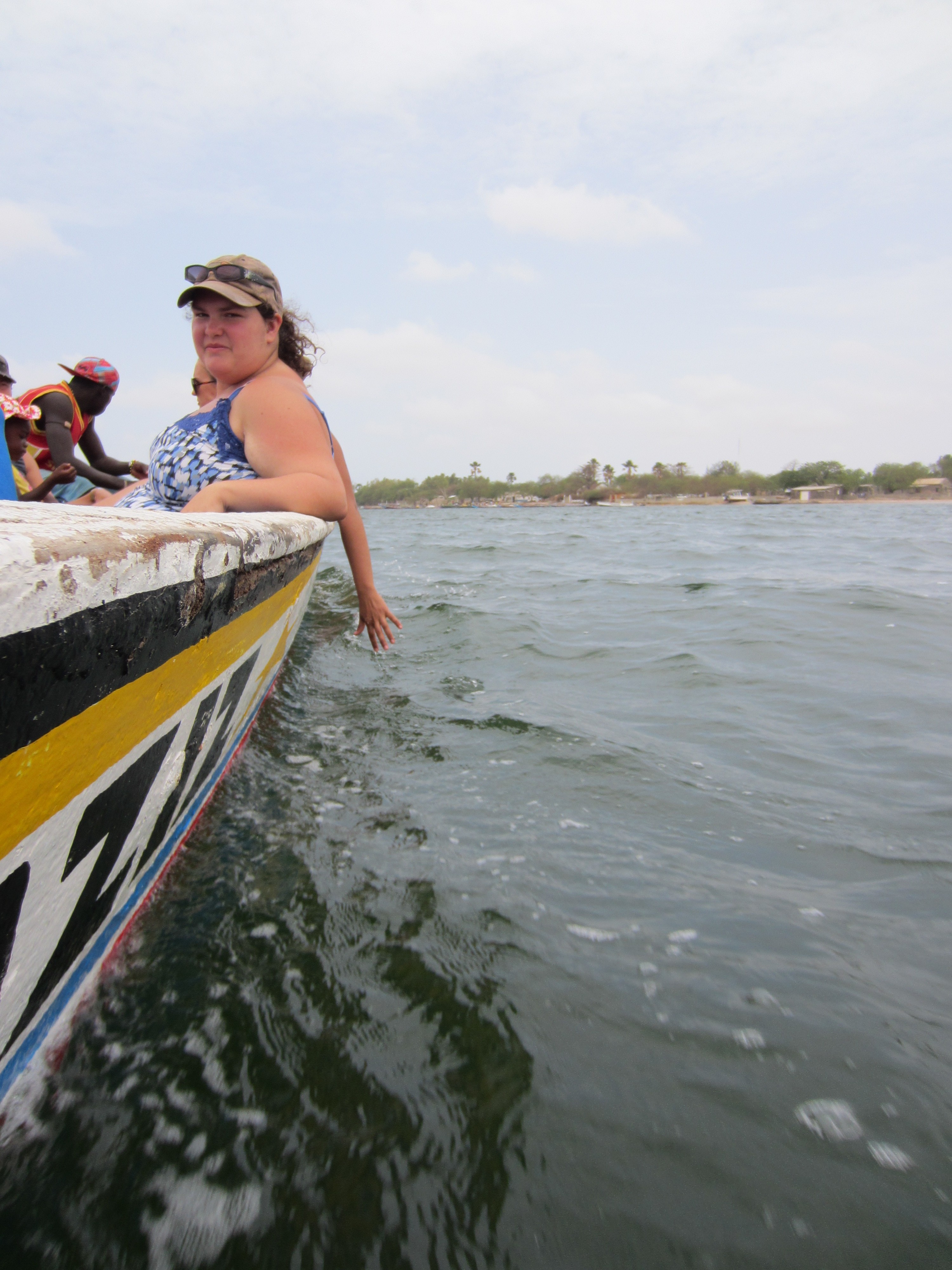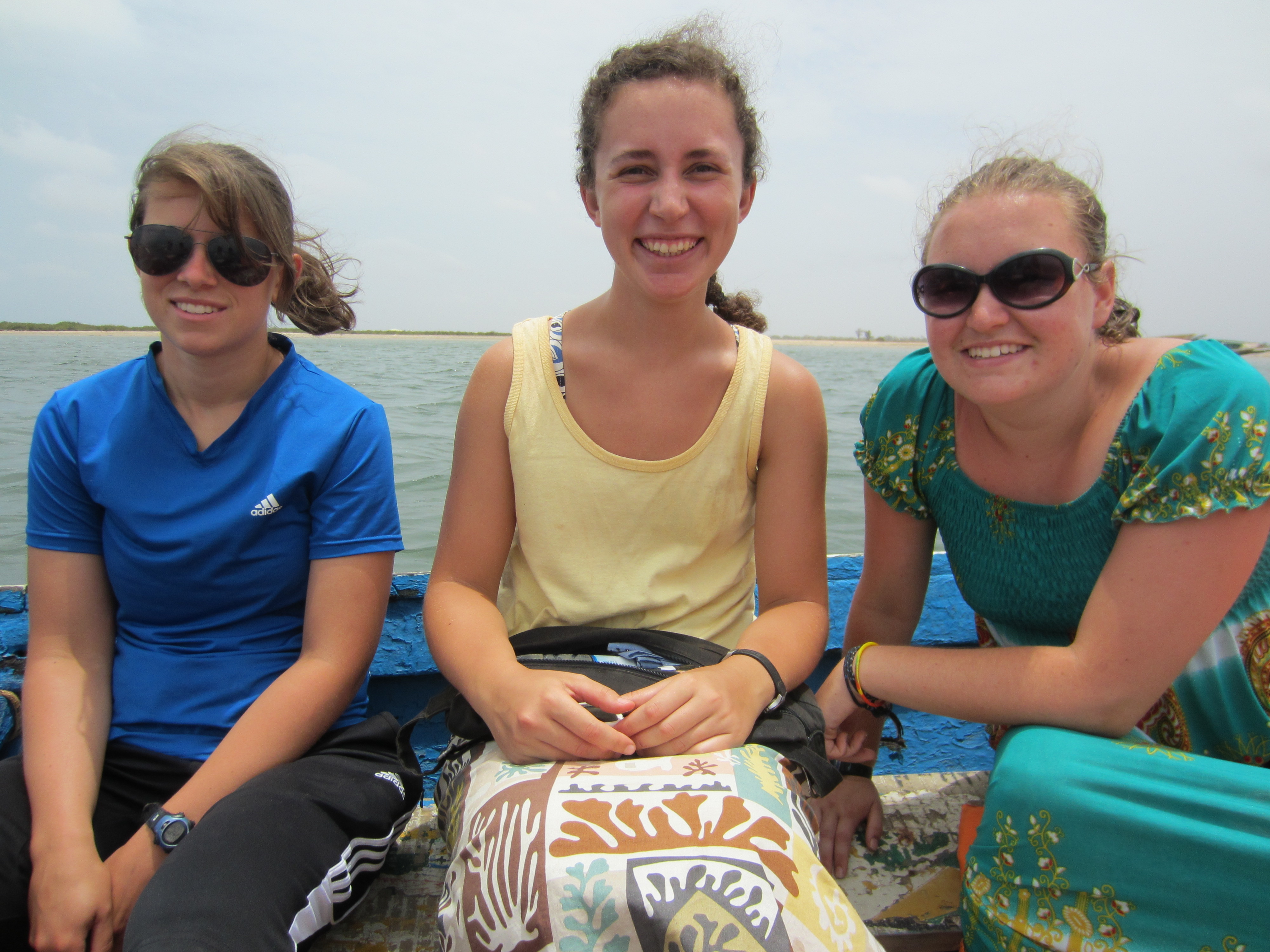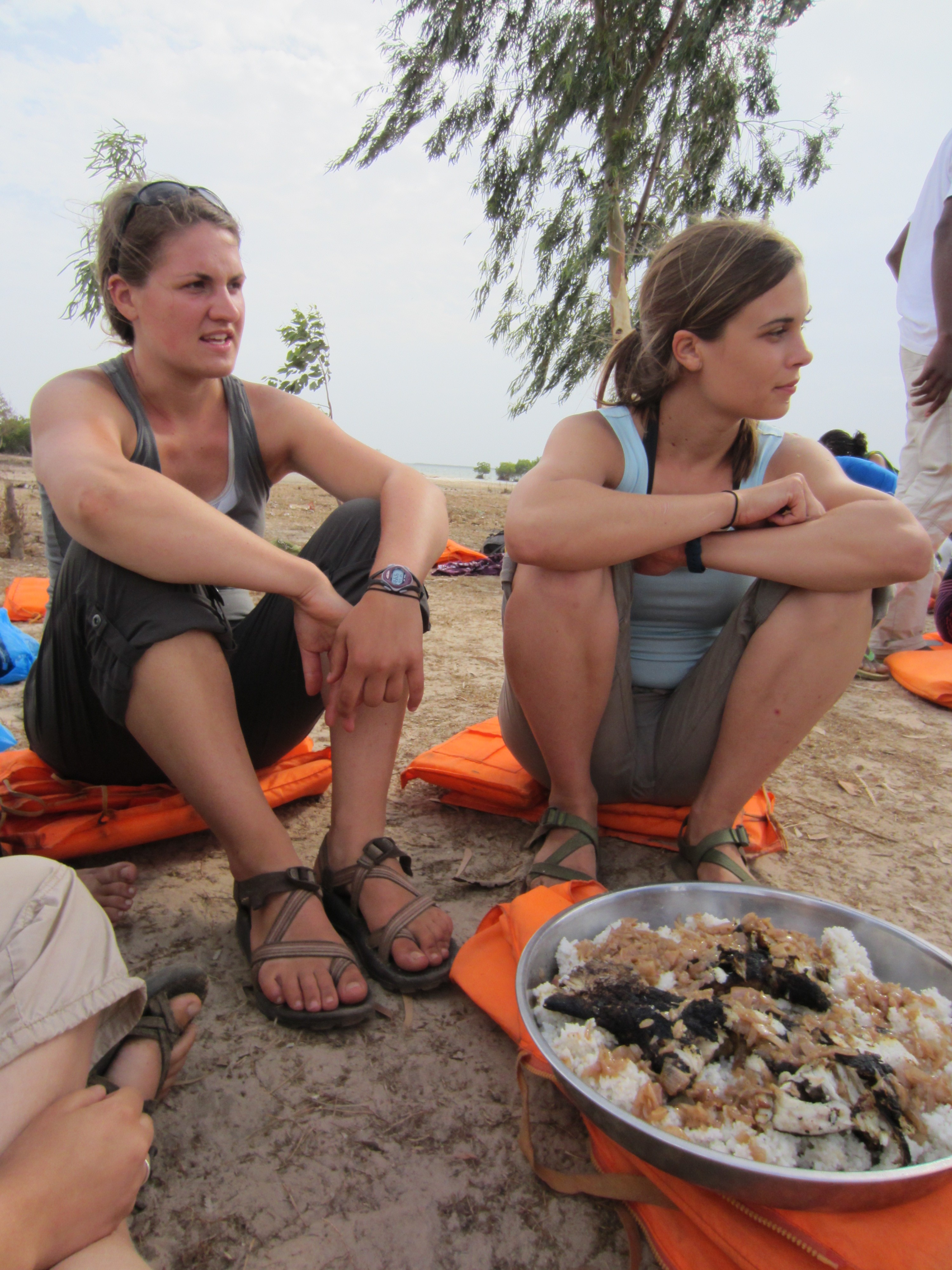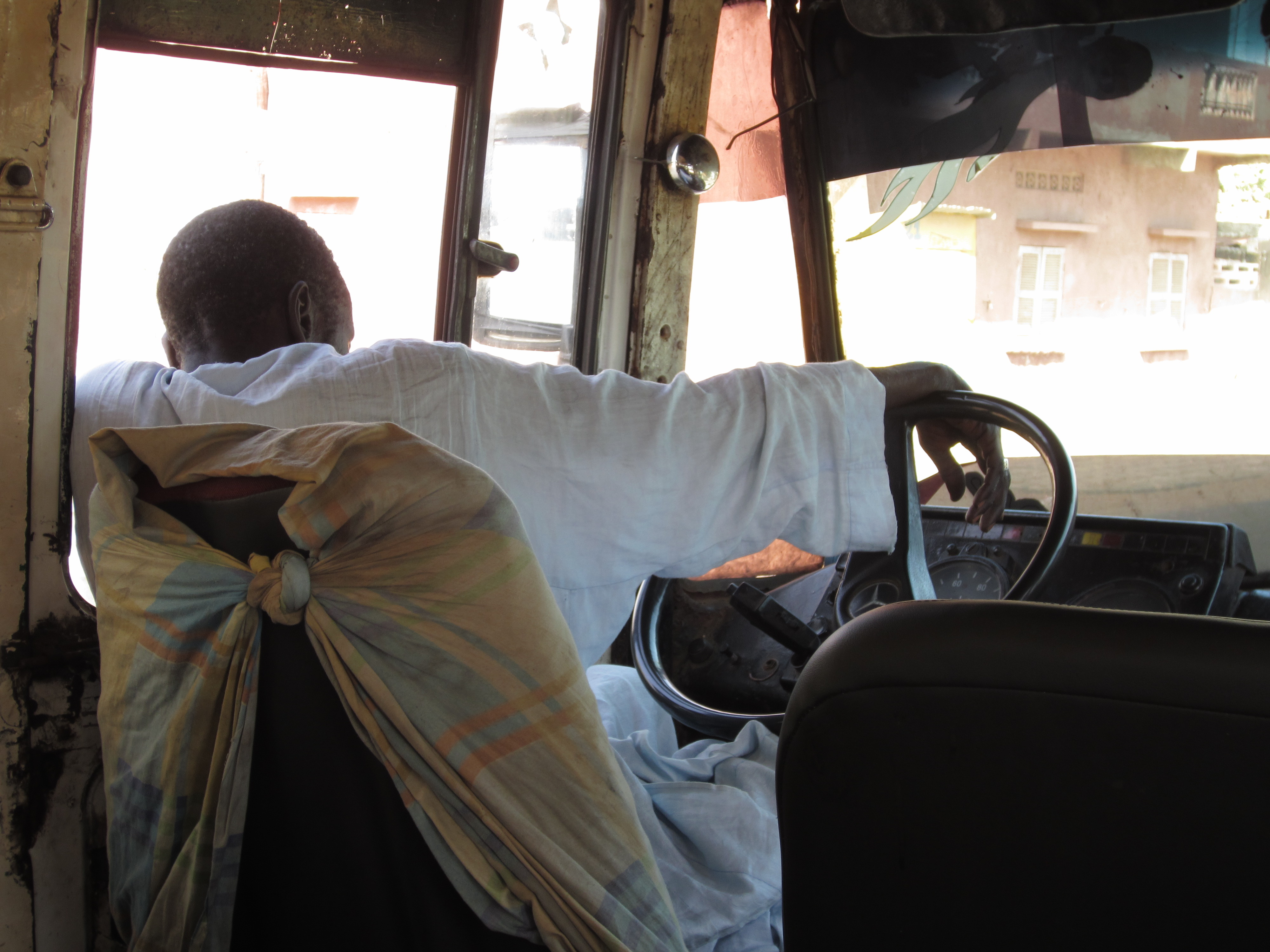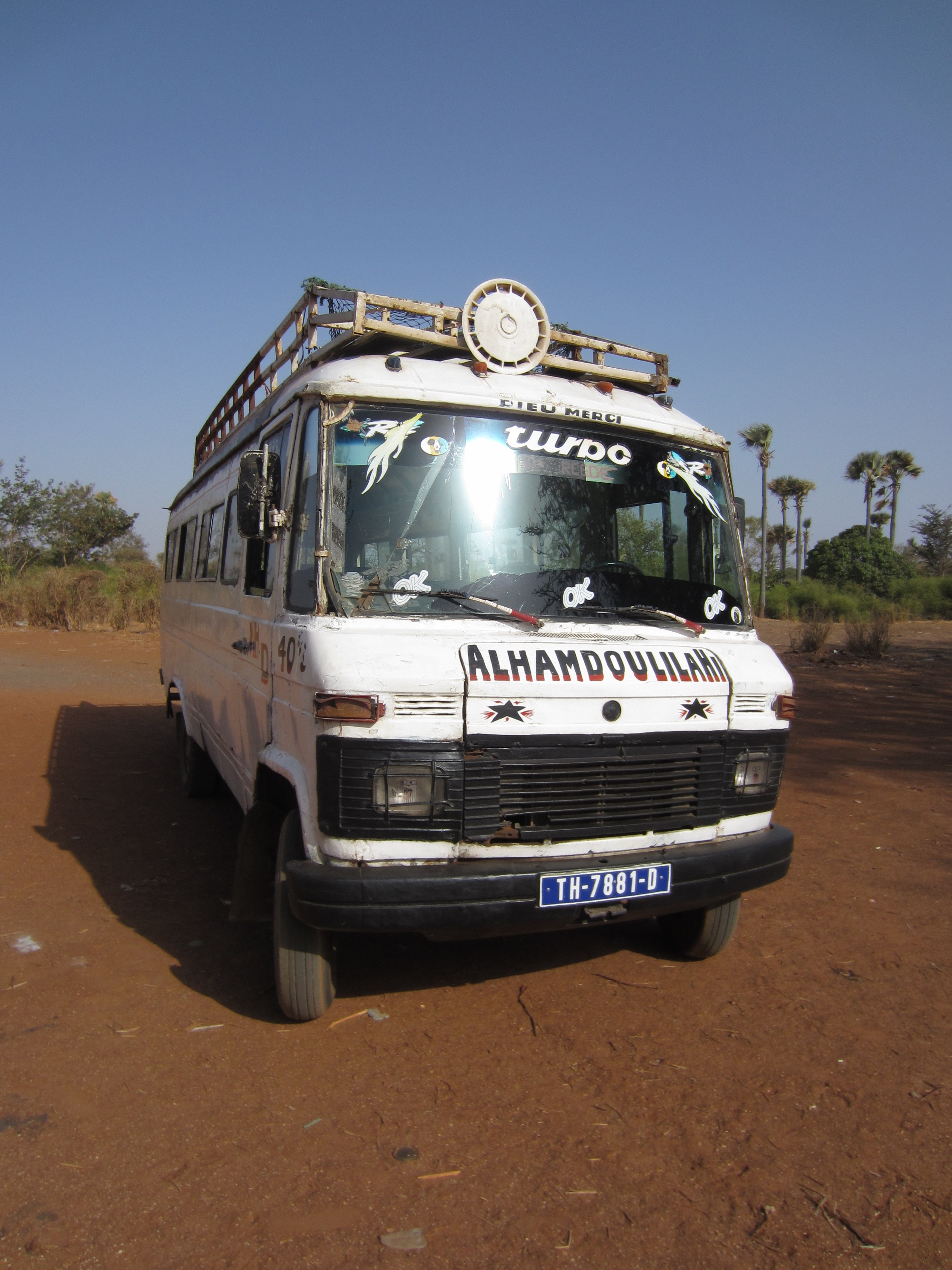Joal-Fadiouth
We spent three days in and around the town of Joal-Fadiouth. Joal is the boyhood home of Léopold Sédar Senghor, the first president of Senegal. Senghor was not only the first president but also a poet and intellectual whose notion of “négritude” helped define post-colonial Senegalese and African identity. We started off the weekend with a visit to his father’s home.
From Senghor’s home, we embarked on a bumpy dusty drive in search of the Sacred Baobab, purported to be the largest baobab in Senegal. The baobab is the national tree of Senegal and, until Senghor abolished it, they were often used as a tomb for griots, the traditional story tellers, praise singers and keepers of the oral tradition in West Africa. The hollow interior of this tree can hold up to fifty people. Most of us crawled in.
On Saturday we traveled south to the Saloum Delta part of which has been designated as a UNESCO World Heritage site, a program that catalogs, names, and conserves sites of outstanding cultural or natural importance to the common heritage of humanity. The delta includes over 200 shell mounds that testify to sustainable and very ancient socio-economic practices. Over the centuries, these practices have led to the formation of numerous human-made islets contributing to the stabilization of the delta’s land and channels. As sometimes happens, we didn’t get to see any of the mounds and the deserted island where we were going to have lunch turned out to be the inhabited island home to our guides families. We ate a lunch of fish and rice in their millet field and had a good time of it.
On Sunday we walked across the bridge at the southern end of Joal to the Isle of Fadiouth, which is literally made of clam shells. Fadiouth has no motorized transportation and includes a large Christian and Muslim community, including a second shell-island cemetery where both religious communities bury their dead. We attended mass and then spent a leisurely morning exploring the island in small groups.



